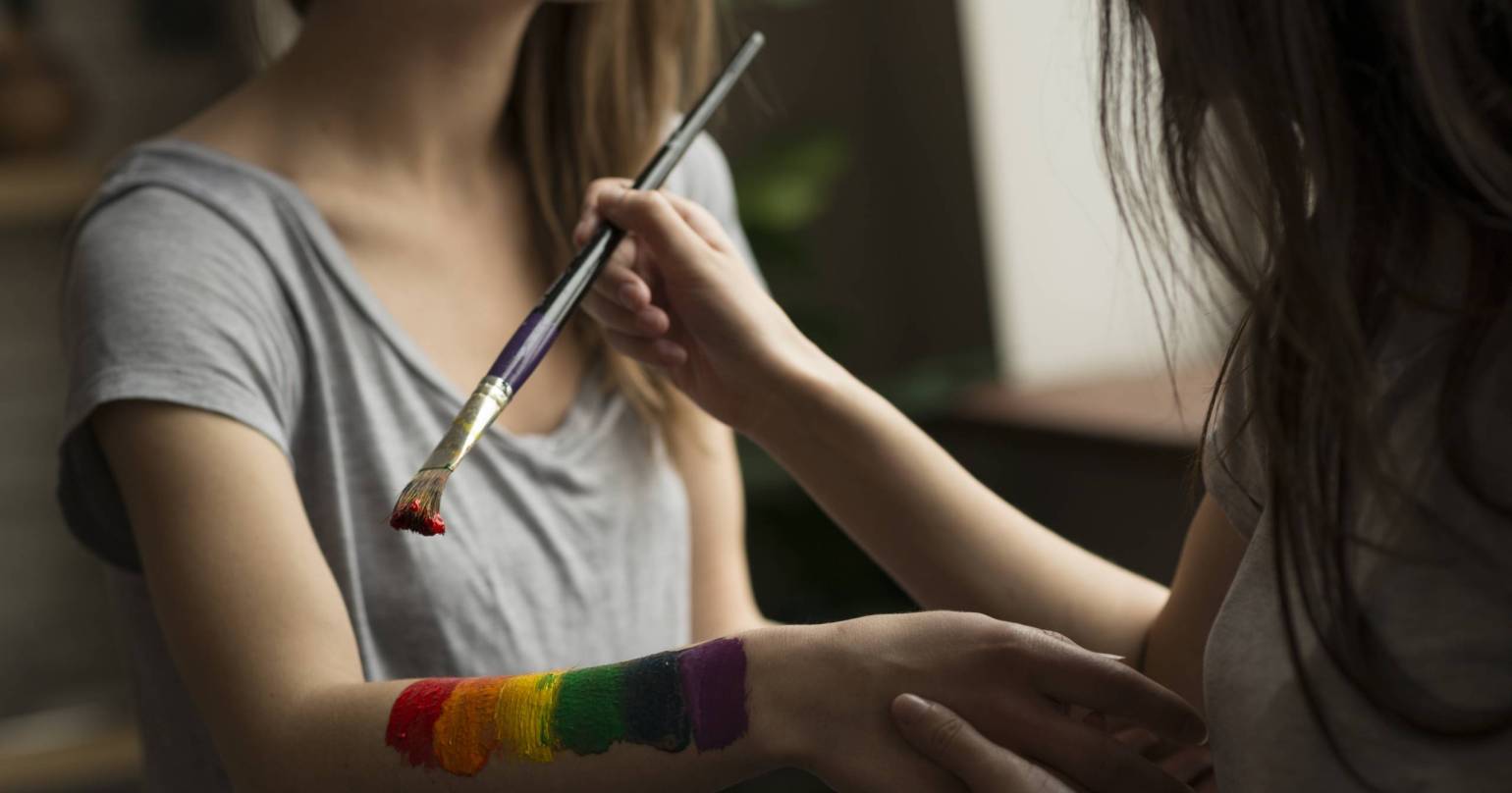The Therapeutic Power of Colors in Art Therapy
Art therapy, a creative and expressive form of psychotherapy, harnesses the healing potential of various artistic elements. Among these, colors play a pivotal role in facilitating emotional expression and contributing to the overall therapeutic process. This blog will delve into the intricate relationship between colors and emotional well-being, exploring the psychological impact of different hues and how they can be strategically used to address specific emotions.
The Language of Colors: Colors have a unique ability to communicate and evoke emotions, often transcending verbal expression. In art therapy, the selection of colors is a deliberate and meaningful process. Each color carries its own psychological significance, influencing mood, perception, and even physiological responses.
Red, for instance, is associated with passion, energy, and intensity. It can evoke strong emotions and stimulate the body. Blue, on the other hand, is often linked to calmness, tranquility, and introspection. Yellow is associated with joy and optimism, while green is known for balance and harmony. By understanding the language of colors, art therapists can guide individuals to choose hues that resonate with their emotions and experiences.
Color and Emotional Expression: Art therapy provides a safe and non-verbal space for individuals to express complex emotions. The selection and application of colors become a form of communication, allowing clients to convey feelings that may be difficult to articulate verbally. Through the creative process, emotions are externalized onto the canvas, providing a tangible representation of one’s inner world.
For example, a person grappling with feelings of anger or frustration might instinctively choose intense and bold colors like red or black. Alternatively, someone seeking solace and calmness may gravitate towards softer tones of blue or pastels. The act of selecting and applying colors becomes an integral part of the therapeutic journey, allowing individuals to explore and process their emotions in a visually symbolic manner.
The Psychology of Colors in Art Therapy: Understanding the psychology of colors is crucial for art therapists to tailor sessions based on the emotional needs of their clients. Research indicates that colors can impact emotions and behaviors on a subconscious level. Warm colors, such as reds and yellows, tend to be energizing and stimulating, while cool colors like blues and greens promote relaxation and contemplation.
Art therapists often use a color wheel to guide their sessions. Complementary colors, positioned opposite each other on the wheel, can create visual harmony, representing a balance of emotions. Analogous colors, found next to each other, offer a sense of cohesion and unity. By incorporating these principles, therapists can guide individuals towards a more holistic expression of their emotions.
Strategic Use of Colors: In art therapy, the strategic use of colors extends beyond personal preference. Therapists work collaboratively with clients to explore the emotions associated with different hues and guide them in selecting colors that align with their therapeutic goals. For instance:
Healing Trauma with Colors: Soft and soothing colors can be employed to create a sense of safety and comfort for individuals healing from trauma.
Managing Anxiety with Cool Hues: Cool colors like blues and greens may be utilized to instill a sense of calmness and relaxation, beneficial for those dealing with anxiety.
Fostering Creativity and Self-Exploration: Bright and vibrant colors can encourage creativity and self-exploration, allowing individuals to tap into their inner strengths.
Conclusion
In the realm of art therapy, colors transcend their visual appeal, becoming powerful tools for emotional expression and healing. By understanding the psychological impact of colors and strategically incorporating them into the therapeutic process, art therapists empower individuals to explore and navigate the intricate landscape of their emotions. Through this vibrant and dynamic approach, the therapeutic power of colors continues to unfold, offering a unique and transformative journey towards emotional well-being.


Add Comment